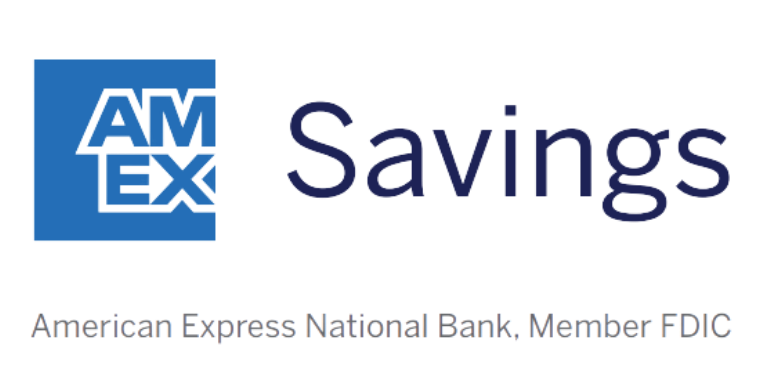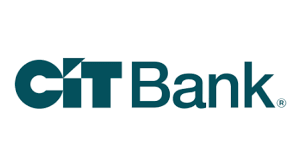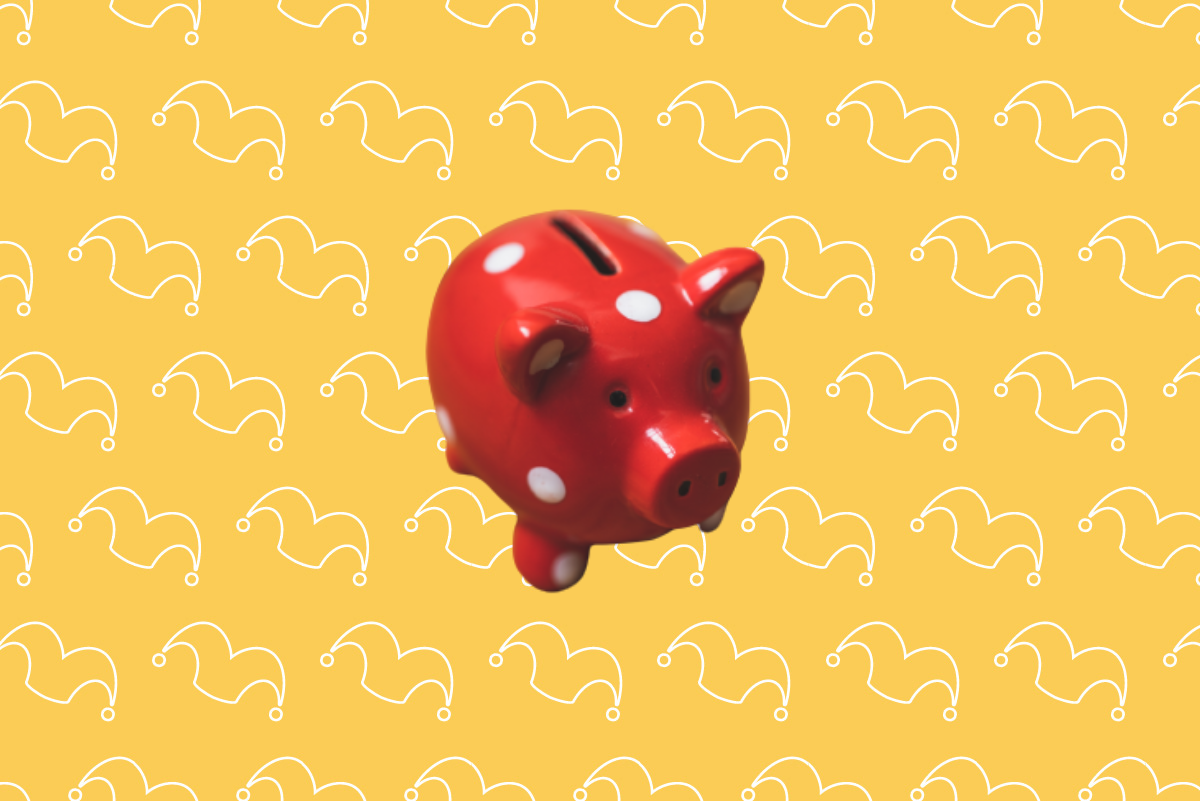An emergency fund can provide peace of mind that comes with knowing you’ll be OK if something unforeseen arises, but it can also generate significant interest income. Experts generally suggest that you should keep six months’ worth of expenses in a readily accessible place. And an interest rate of 4% or more applied to this money can put hundreds of dollars of extra money in your pockets each year.
However, that doesn’t mean you should simply find the highest-paying savings account and put your emergency savings there. In addition to looking at interest rates, you need to consider other crucial factors before deciding where to keep your emergency fund.
Are you looking to maximize your emergency fund? Click here for our list of the top high-yield savings accounts right now.
Choosing the best savings account for you
There are several factors to consider when deciding on the right savings account for your emergency fund. Some are obvious, some are not:
Our Picks for the Best High-Yield Savings Accounts of 2024
|
American Express® High Yield Savings 
APY 4.00%
Rate info
Member FDIC.
|
APY 4.00%
Rate info |
Min. to earn $0 |
|
Capital One 360 Performance Savings 
APY 4.00%
Rate info
Member FDIC.
|
APY 4.00%
Rate info |
Min. to earn $0 |
|
CIT Platinum Savings 
APY 4.55% APY for balances of $5,000 or more
Rate info Min. to earn $100 to open account, $5,000 for max APY
Member FDIC.
|
APY 4.55% APY for balances of $5,000 or more
Rate info |
Min. to earn $100 to open account, $5,000 for max APY |
Annual percentage yield (APY)
All things being equal, a higher interest rate is better than a lower one. Even after the Fed’s rate cuts in 2024, it’s still possible to find a high-yield savings account from a reputable bank that offers an APY of 4% or more. Keep in mind that savings interest rates are variable and can change without notice.
Fees
Online savings accounts don’t generally have monthly maintenance fees. But it’s still important to take a look at things like wire transfer fees and any other costs.
Convenience
This is a big one to keep in mind, especially when it comes to emergency funds. One of the central ideas of keeping money in an emergency fund is that it will be easily accessible when you need it. Some of the top savings accounts have great APYs but limited ways to get money in or out of the account. Others offer things like linked debit cards, app-based money transfers, and more. Some banks are online-focused but do have some physical branches.
Technology
A good banking app can make managing and monitoring your emergency fund easier. It can make depositing and transferring money a breeze, and many banks even have app-based customer service available. On the other hand, a clunky app or website can add to your stress if an emergency arises.
It’s also worth noting that money market accounts could be worth a closer look. Some of the top money market accounts offer APYs on par with the top high-yield savings accounts. However, many have extra convenience benefits such as check-writing privileges that could come in handy if you need to quickly cover an unexpected expense.
The bottom line
There’s no high-yield savings account (at least not on our top accounts list) that would necessarily be a bad place for an emergency fund. But the right account can offer a combination of a high interest rate, convenience, and a user-friendly banking interface.

